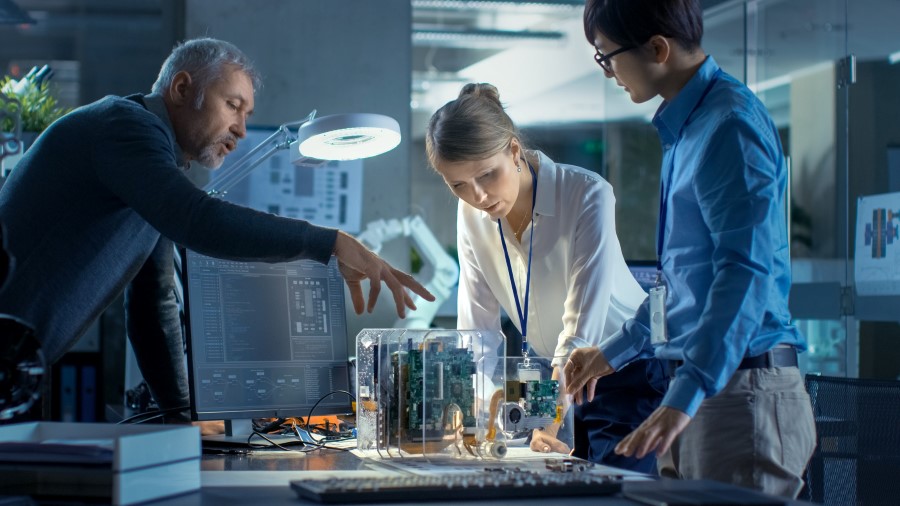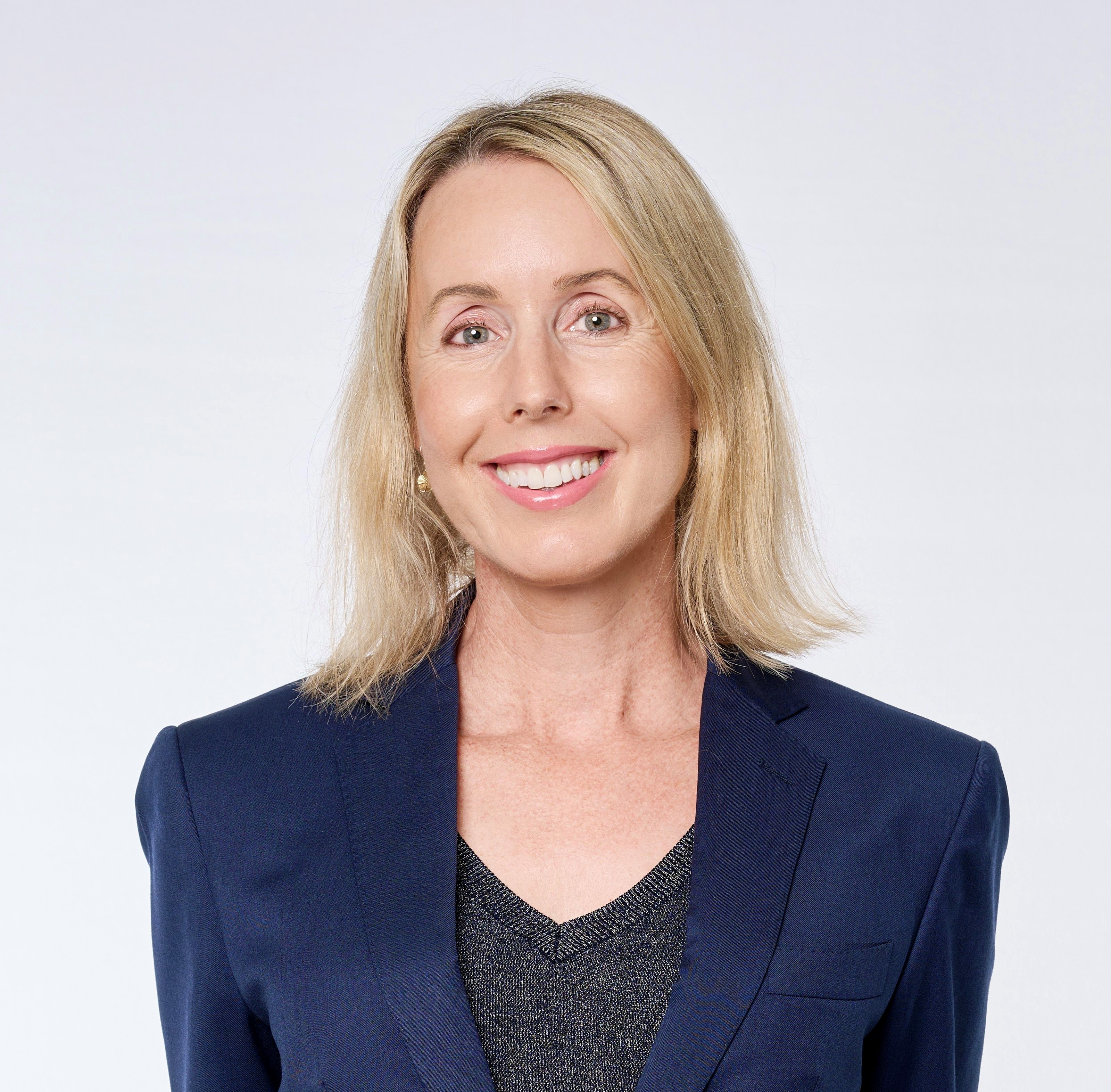
A government-driven national network of innovation districts would help ensure these precincts continue to propel transformation, business and industry leaders said at an Ai Group webinar last week.
The online discussion, presented by the Ai Group Centre for Education and Training (Ai Group CET), focused on the opportunities and challenges of establishing the Tonsley Innovation District in Adelaide and Fishermans Bend in Melbourne.
Ai Group CET Executive Director Megan Lilly said combining industry, research and education partners on the one site had long been proven to increase knowledge transfer and industry-research collaboration between partners.
“Like-minded industries have always clustered around each other, but the concept of innovation precincts specifically developed for that purpose is more recent, starting from the late 1990s,” Ms Lilly said.
“There are many innovation precincts around the world. Silicon Valley is an obvious one, housing many high-tech companies. Its evolution pointed the way to developing other precincts.”
China has Shenzhen Industrial Park near Hong Kong, Barcelona boasts 22@ and Singapore has One North. Then there are East London City Tech and the Boston Innovation District.
In Australia, the Melbourne Biomedical Precinct is centred around Melbourne University and a number of hospitals, while Sydney is developing Aerotropolis near the new airport at Badgerys Creek. Brisbane has The Precinct located in Fortitude Valley.
Common elements unite these successful precincts.
“Firstly, they are centred around what is termed an anchor organisation: it might be a university, hospital or large corporation,” Ms Lilly said.
“Secondly, they are often in centrally located urban areas undergoing a transformation, although sometimes they may be located further out of town on a site vacated by a large organisation.”
The Tonsley Innovation District (Tonsley) site, 12km south of the Adelaide CBD, was acquired by the South Australian Government in 2010, following the closure of the Mitsubishi car assembly plant.
It now houses Flinders University, TAFE SA and Skills Lab — a private training subsidiary to SAGE Automation — plus more than 100 businesses that specialise in a variety of sectors including renewable energy, health technology, automation and mining and energy services.
Panelist Professor John Spoehr, Pro Vice-Chancellor — Research Impact, Flinders University, is leading the establishment of the Factory of the Future at Tonsley.
This facility, established by BAE Systems Maritime Australia and Flinders University, brings innovation, Industry 4.0 technologies, research and training together to advance manufacturing.
“What we know from international practice including Silicon Valley and a lot of the successful innovation districts in the UK and elsewhere, is that it’s really only when a prime or a number of primes come on site that you begin to see these innovation districts hum,” Prof Spoehr said.
Flinders University is a pioneer of Tonsley. It started discussions with the SA Government soon after the closure of Mitsubishi, back in 2008, about how the site could be transformed into an innovation district.
“We took a leap of faith and invested in the site,” Prof Spoehr said.
“We built a state-of-the-art $120m building at one end of the site originally for engineering, maths and computing science teaching and research.
“At the same time, the SA Government committed to co-locating all the construction trades at the other end of the site. So, at one end you’ve got higher education bookending it and at the other end, you’ve got VET bookending it. The Tonsley TAFE is an incredibly impressive facility.
“These facilities combined were important anchors of this site. That emboldened a lot of companies, such as SAGE, to come on the journey with us.
“More recently, the gamechanger for this site was BAE relocating its research and technology division here.”
SAGE and Skills Lab were among the first companies to base themselves in Tonsley.
Laura Mabikafola, Executive General Manager, Skills Lab, said a number of factors drove the decision.
“The level of collaboration in a technology precinct with likeminded tech businesses was key,” Ms Mabikafola said.
“Having Flinders University and TAFE SA here was really attractive to us with the connection to students; involving students in placements through our graduate intake and through our manufacturing area is an important part of our resourcing.
“The opportunity to work with Flinders for product development was also appealing, as was the chance to work with other tech companies in the precinct such as Siemens, Rockwell Automation, Phoenix Contact and ifm efector.
“The opportunity from the SA Government to become part of being an early tenant was attractive. That helped to enable us to move into the area.”
It was important to Skills Lab to have a base that fostered collaboration.
“Morale has increased significantly since we moved here,” Ms Mabikafola said.
“We’ve seen our teams catching up over a table tennis game or discussing one of their projects at lunch. We hadn’t anticipated the extent of that internal collaboration.
“The new ideas being shared, the opportunities being explored and discussions taking place were really exciting. This continues to be the case. It wasn’t just when we first moved in.”
Fishermans Bend in Port Melbourne is in the early stages of establishing itself as an innovation precinct.
Engineering and systems integration company SYPAQ Systems was one of the first businesses to move to the district, which is 7km west of Melbourne’s CBD and is being developed in and around the site of the Holden engine factory.
Michael Partridge, General Manager Innovation and Strategic Programs, SYPAQ Systems, said: “If you want to create technologies that don’t exist today, you’ve got to have the ecosystem.
“For us, being part of the Port Melbourne effort here to grow a similar ecosystem (to Tonsley) is where we want to be. We’ve got Melbourne University bringing down its whole engineering faculty; that’s a big move.”
Establishing an innovation precinct is not without challenge; public transport access to Fishermans Bend is its biggest obstacle.
“We’re close to the CBD but it’s a challenge to get in and out of here,” Mr Partridge said.
“There are State Government plans for an underground rail network with a Fishermans Bend station, but that’s a few years away. Once it is in place, however, it is going to look a bit like Tonsley.”
Mr Partridge said diverse investment was needed at Fishermans Bend to include hospitality and accommodation to cater for the student population on site.
“A university has different needs to businesses,” he said.
“It wants to attract local and international students who have different needs to employees. What comes with that are facilities around entertainment and accommodation and other things that we, as industry, may not have our eye on straight up.”
More primes are also needed, with both large-scale defence and non-defence investment critical, Mr Partridge said.
He encouraged businesses interested in becoming part of Fishermans Bend to contact Development Victoria.
“Don’t be afraid to ask questions, even if you think they are silly,” Mr Partridge said.
“It’s about being humble enough to ask: ‘how do I bring my business in?’”
Ms Mabikafola echoed the urge for industry to become involved.
“I would encourage people to go and explore some of the innovation precincts to see what is possible and to take a step to consider what your role could be as part of this,” she said.
“There is no fixed format of how an innovation precinct is meant to work. There’s not a script to follow. However, there is an opportunity to explore with like minds how, together, we can collaborate to achieve something significant.”
Prof Spoehr said government support was integral to the success of an innovation precinct, adding that a government-driven national network of innovation districts would help ensure “they are the drivers of transformation that they should be, here in Australia”.
“One of the lessons I’ve learnt studying the unfolding of the Tonsley ‘experiment’ is that it is fundamentally important to the successful foundation and the longevity of innovation districts that the economic and industry development agencies of government are centrally involved in the planning of the district,” Prof Spoehr said.
“There were lots of risks for all of us in embarking on this journey together. One of the things that helped to reassure us was that the whole project was being managed by the then Department of Manufacturing, Industry, Trade and Economic Development. We were able to develop a shared vision about a knowledge-intensive, advanced manufacturing precinct.
“Tonsley has evolved through that shared vision, a deliberate commitment by government. It remained on track as an innovation district through a lot of investment from all of us.”
The potential is huge, Ms Lilly said.
“What is happening is exciting and we need to excite people to want to be part of it – not just companies, but individuals as well, as they think about their careers.”
Don't miss the Ai Group CET’s next webinar, Skilling Australia to lock in our digital future, on Thursday, July 14, 11am-noon AEST.
Our next Member Network Meeting is on Thursday, June 30, 11am-noon AEST.
Visit our website to subscribe to our newsletter and to join our Member Network.

Wendy Larter is Communications Manager at the Australian Industry Group. She has more than 20 years’ experience as a reporter, features writer, contributor and sub-editor for newspapers and magazines including The Courier-Mail in Brisbane and Metro, the News of the World, The Times and Elle in the UK.